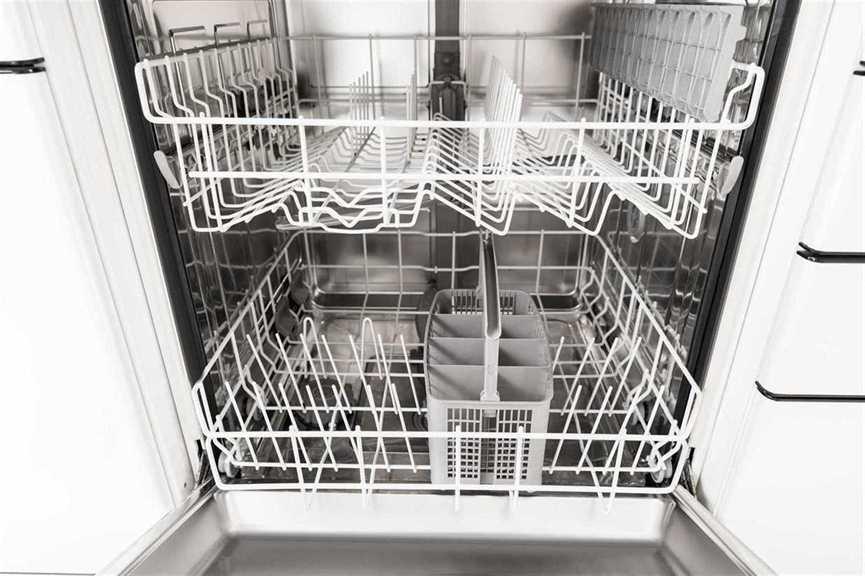If your dishwasher smells like rotten eggs or rancid fish, it’s calling out to you for some serious cleaning. Thoroughly cleaning the dishwasher not only gets rid of bad odours but also optimizes performance, prolonging the appliance’s life. Our reputable technicians that do dishwasher repair in Winnipeg will now teach you the right way to clean a smelly dishwasher, so read on!
The Filter
The most common cause for the foul smell is the filter – if it’s not clean, nothing else will be. The filter is normally found below the bottom spray arm. Over time, food particles accumulate in the filter or crevices of the machine and begin to emit a bad smell. Cleaning the filter is simple – first, remove it and rinse it under hot running water. Then, using a soft brush, soap and hot water, scrub the mesh screen and plastic frame to get rid of any grease and particles stuck in the crevices. Before putting the filter back in place, wipe the drain area using a wet microfibre. Cleaning the dishwasher filter at least once every month will ward off foul smells.
The Spray Arms
The dishwasher’s spray arms play a critical role in supplying streams of hot water directly to the dishes. But these can also become clogged and dirty, leading to foul odours. Again, hard water can build up in the tiny holes causing them to become gunky. To clean them, soak the spray arms in hot, soapy water until the dirt comes loose. If the arms are not detachable, you can lay a wet cloth over them till the debris is loosened then use a cotton swab to poke into each hole to remove dirt and lime scale. To avoid bad odours, you should clean the spray arms every three to six months.
The Interior
Sterilizing your dishwasher with vinegar or baking soda will neutralize odours. Both vinegar and baking soda are natural, safe-to-use agents that can fight off the foul smell. Nonetheless, don’t use both at the same time! If you choose to use baking soda, make a paste using some dish soap and baking soda and then clean the interior using the mixture. This includes the shelves, gaskets, and walls. You can then run an empty cycle at the hottest temperatures available to rinse off the mixture.
If you opt to use vinegar, place a dishwasher-safe cup full of plain white vinegar in a bowl on the top rack of the dishwasher. Then, using the hottest cycle available, run the dishwasher through a cycle. Vinegar, apart from sterilizing the machine, washes away loose and greasy grime which removes any musty odours, leaving the appliance smelling fresh.
If you have both cleaning agents at your disposal, first run the vinegar through the cycle and then run the baking soda, in that order.
Once you’re done cleaning the interior, wipe the door seal as well the entire exterior with a wet cloth. Then check to see that the drain hose isn’t bent or restricted. A bent drain hose limits the flow of water and can lead to water standing in the dishwasher which will end up causing a sewer-like smell over time. Finally, as a preventative measure, get in the habit of cleaning the remaining bits of food after each dishwashing cycle. Always pull up the bottom rack to remove any leftover food that may have fallen into the well. This will prevent future build-ups that end up causing bad odours.

